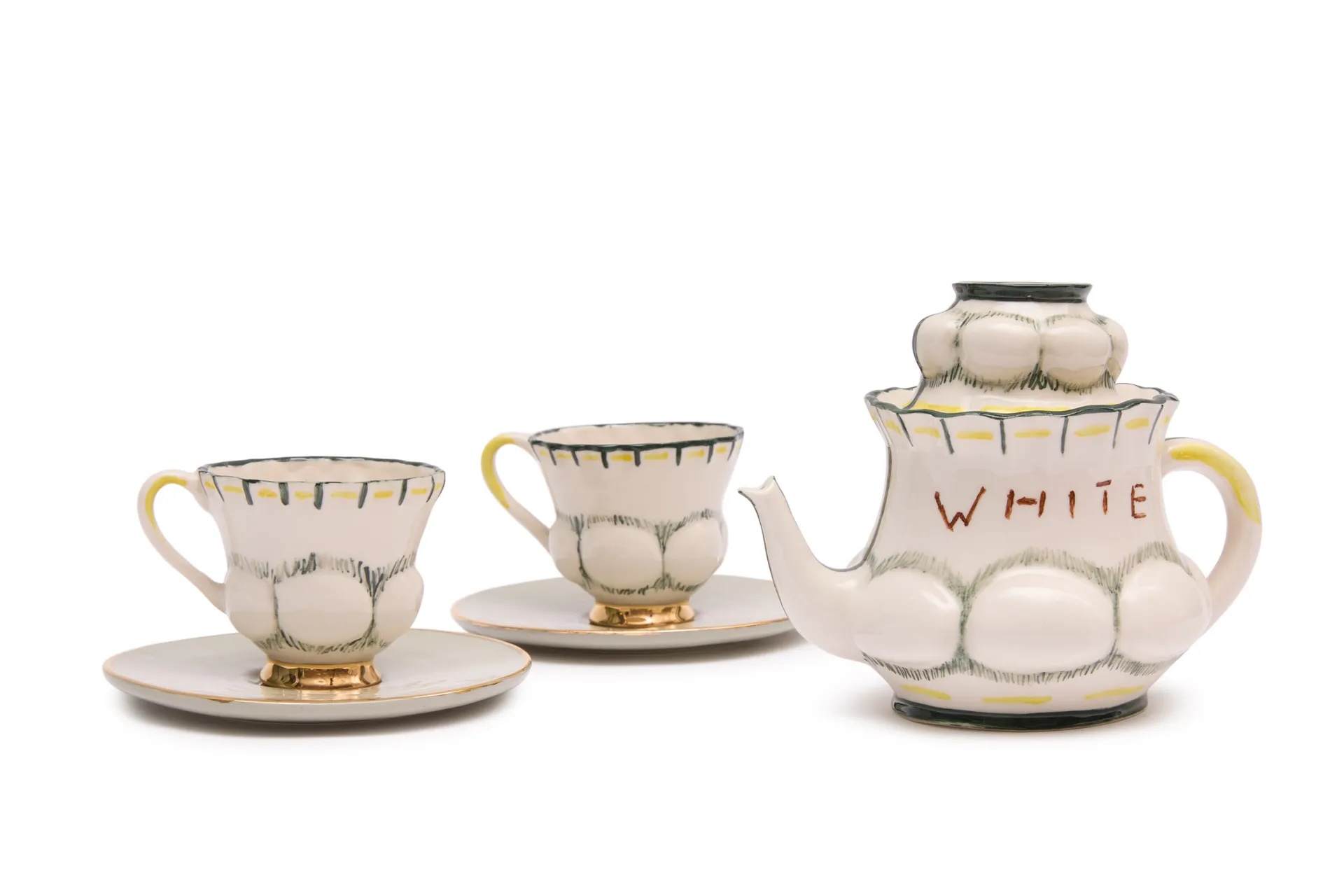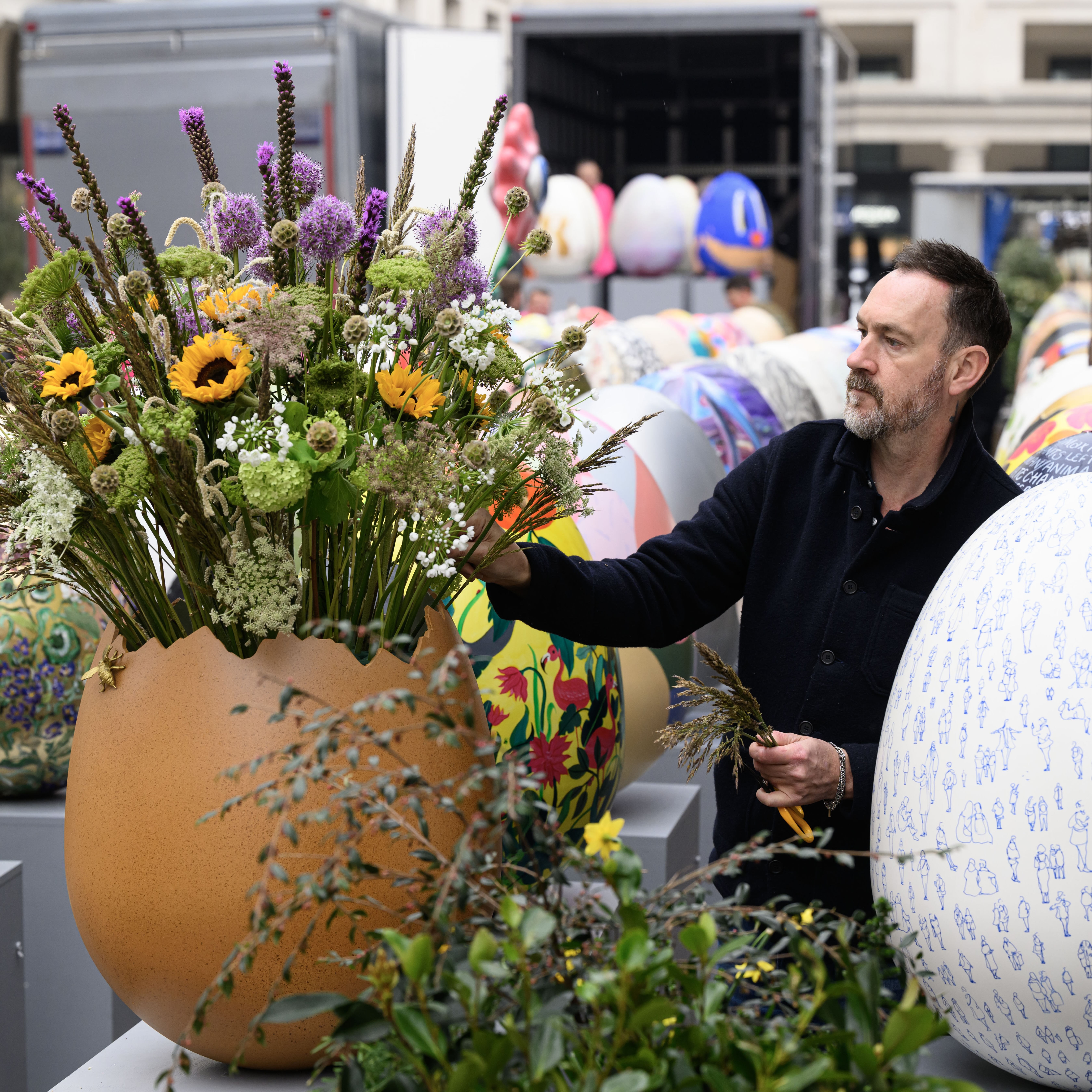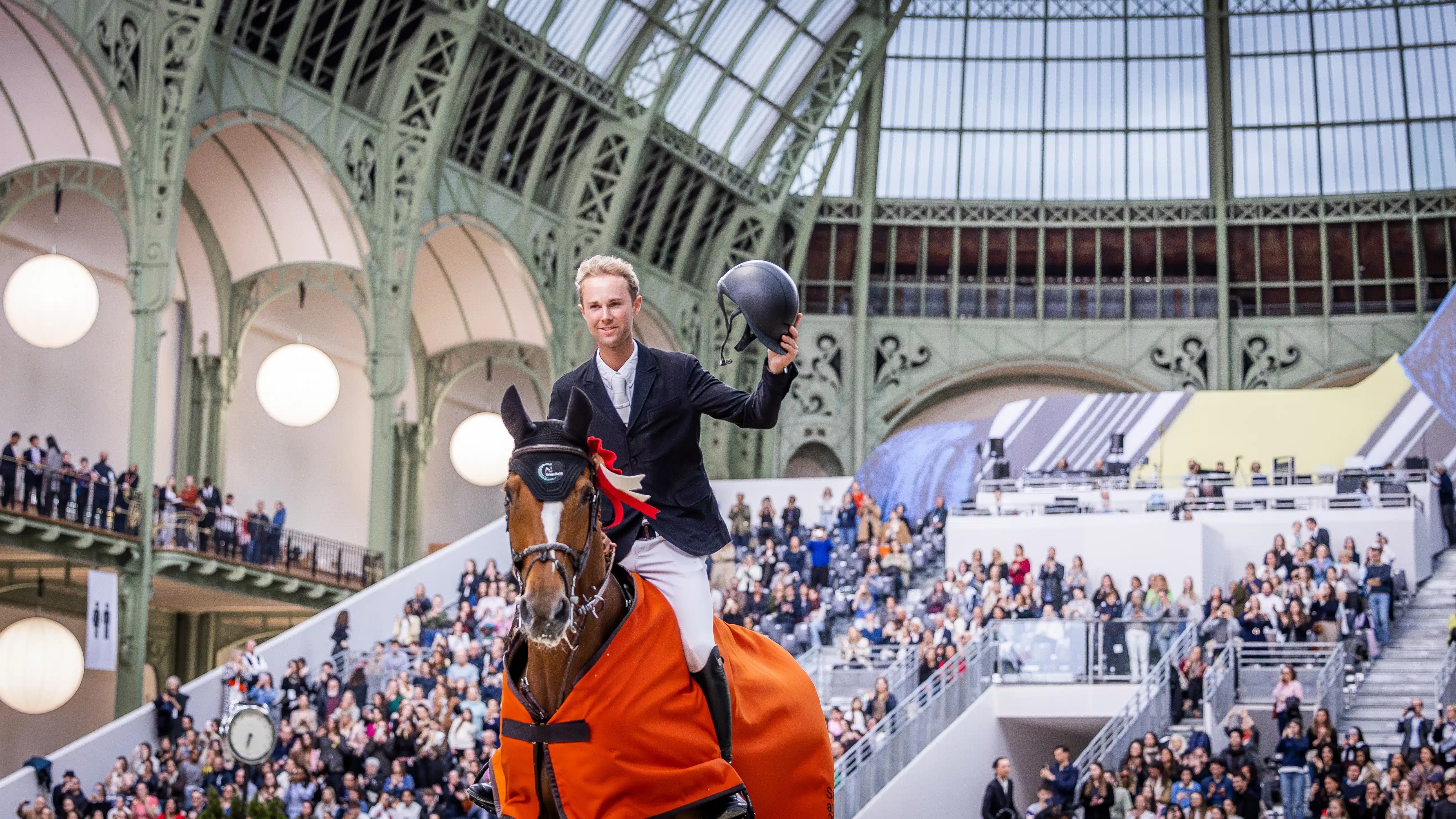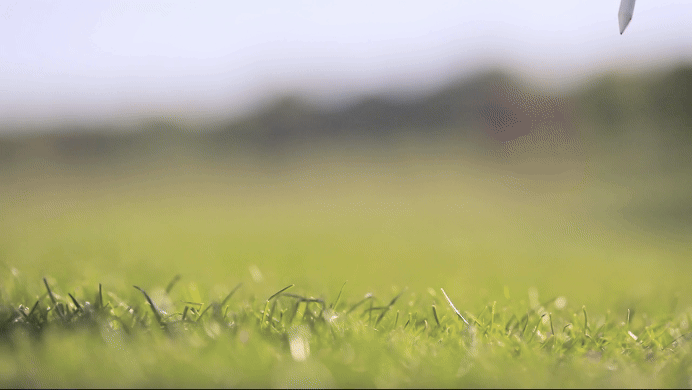Is anyone more superstitious than a sports star?
When it comes to worrying about omens and portents, nobody gets quite so worked up as our sportsmen and women.


If you want a few seats to yourself on an aeroplane, book your flight on Friday the 13th. Although many deny being superstitious, they don’t like tempting fate. Even those who are as down to earth as badgers generally have little things they avoid for ill fortune — walking under ladders, opening umbrellas indoors — or seek out for good (who doesn’t see a rainbow and instinctively think there’s a pot of gold waiting for them somewhere?).
The days of the talismanic rabbit foot and the lucky sprig of heather may have faded, but most of us still instinctively fret about a broken mirror or try to save a money spider from a watery demise in the bath. We assure ourselves it’s only ‘a silly bit of nonsense’; yet, for at least one section of society, it’s considerably more than that. When it comes to worrying about omens and portents, nobody gets quite so worked up as our sportsmen and women.
'People like to have their own routines to fight back the nerves to keep them sane'
If National Hunt trainer Henrietta Knight sees hay on the way to a race, she feels so certain the day is ruined she has to fight the urge to turn around and head straight home (she is not at all bothered by straw). Meanwhile, 1984 Cheltenham Gold Cup-winning jockey Phil Tuck always saluted magpies when in the saddle to avoid misfortune and even named his house ‘The Magpies’ as an added precaution. The saluting of magpies is common among jockeys, who traditionally throw a new set of silks onto the ground before stamping on them. The feeling, evidently, is that ‘now you have hit the deck, I won’t have to’.
Sports psychologists argue that such behaviour is all about feeling in charge. No matter how hard they’ve trained and practised, there is so much in any race or game that is beyond the competitor’s control that it inevitably causes anxiety. Performing a ritual or carrying a charm (such as cricketer Denis Compton’s silver four-leafed clover) gives a feeling of influence over the rub of the green.
The great motor-racing driver Sir Stirling Moss — who wore a lucky gold horseshoe pendant given to him by his sister and always tried to drive cars with a number that was divisible by seven — had a more phlegmatic explanation: ‘Most of the drivers that I know are pretty superstitious — maybe their reasons are the same as mine — that it costs nothing therefore you might as well be superstitious as not.’
Moss’s contemporaries bore out his verdict. Peter Collins — the winner of the 1958 British Grand Prix — always raced with a child’s seaside bucket and spade in the cockpit and the 1958 Formula 1 World Champion Mike Hawthorne drove wearing a blue-and-white spotted bow tie.

Tiger Woods always wears red on the final day of a major golf championship.
Studies suggest that lucky rituals increase self-confidence. They help sportspeople get into the mood to compete, to enter that state of consciousness we have come to know as ‘the zone’. Some routines, such as the playing of particular pieces of music in the dressing rooms before matches, are designed to pump up the athletes, whereas others, such as diver Tom Daley’s poolside knitting, are developed to calm nerves and alleviate stress. Tennis champion Rafael Nadal takes a freezing shower before every match. ‘Under the cold shower, I enter a new space in which I feel my power and resilience grow. I’m a different man when I emerge. I’m activated,’ he explains.
Sign up for the Country Life Newsletter
Exquisite houses, the beauty of Nature, and how to get the most from your life, straight to your inbox.
Nadal’s shower is somewhat unusual. Generally, it’s more a lack of cleanliness that forms the key to the sportsperson’s ritual. Tennis ace Serena Williams didn’t wash her socks during a winning streak (and she won 34 consecutive matches in 2013), whereas five-time Wimbledon champion Björn Borg grew a beard before a tournament and didn’t shave until he was eliminated. Scots Formula 1 driver David Coulthard had a pair of lucky underpants he began wearing as a junior racer. By the peak years of his career, they were so filled with holes that, when he crashed in the 1998 Belgian Grand Prix and had to be cut out of his suit, he recalled: ‘My mother was rather embarrassed by the sight of them and they had to be retired.’ That he broke his leg in the accident perhaps proves the magical properties of the pants had worn off anyway.
Doing things in a certain order is a strong part of the sportsperson’s ritual, whether that be rowers getting onto boats right foot first, rugby forwards insisting on getting dressed from the feet upwards or the tradition of mounting horses from the left. Jonny Wilkinson, the man whose drop goal won England the Rugby World Cup in 2003, wore the same white T-shirt under his England top for all of his 91 international appearances and never warmed up in his England jersey. Of his place-kicking preamble, which was as elaborately choreographed as a West End dance routine, the player-turned-commentator once remarked: ‘People like to have their own routines to fight back the nerves to keep them sane.’
'When it comes to numbers, Moss’s favoured seven is generally considered lucky, whereas 13 is either repudiated or coveted. The Italians fear 17 and the Japanese four'
Cricketer Neil McKenzie is arguably one of the most superstitious sportspeople in history. The South African opening batsman believed it was unlucky to stand on white lines, hopping about at the crease as if avoiding a poisonous snake. He was not alone in this — his ritual was shared by tennis champions Nadal and Maria Sharapova. The opener also insisted on closing the lids on all the lavatories in the dressing room before going out to bat. A dressing-room prank in which a team-mate gaffer-taped McKenzie’s bat to the changing-room ceiling had an unfortunate side-effect — he retrieved the bat and hit a century. Thereafter, he insisted on sticking his bat to the ceiling before every innings, convinced that it brought him good fortune.
Apart from the familiar horseshoes, shamrocks, ducks (feared by cricketers for obvious reasons) and lucky mascots — such as rower Esme Booth’s well-travelled teddy bear, Oodle — colours and numbers are the primary source of wellbeing or anxiety among sportspeople. The dowager Duchess of Bedford picked yellow flowers before races, believing they would bring good fortune to her horses, and golfer Tiger Woods always wears a red shirt for the final round. Green is considered an unlucky colour by jockeys, owners and trainers, yet, despite the belief that red is the most fortunate colour, more than 40% of Grand Nationals have been won by jockeys wearing silks featuring blue or green. As Nick Attenborough of Great British Racing has observed: ‘They say horses are colour blind — so it probably doesn’t make much difference to them.’

Serena Williams wouldn't wash her socks if she was on a winning streak.
When it comes to numbers, Moss’s favoured seven is generally considered lucky, whereas 13 is either repudiated or coveted. The Italians fear 17 and the Japanese four. The most successful golfer in history, Jack Nicklaus, always carried three coins in his pocket. Tennis virtuoso Roger Federer was obsessed with the number eight and brought eight water bottles and eight rackets with him onto the court. During warm ups, he didn’t feel he was ready until he’d served eight aces.
For many decades, cricket fans were amused by burly Test umpire David Shepherd, a former Gloucestershire batsman, who was superstitious about the score 111 and its multiples. To British cricketers, 111 is known as ‘Nelson’ (a name based on the erroneous belief that the ‘hero of Trafalgar’ had one eye, one arm and one leg) and is considered terribly unlucky for batters (possibly because Nelson was killed or 111 resembles three stumps with the bails removed). To ward off the effects, Shepherd tried to keep both feet off the ground by hopping from one leg to the other, a tricky operation for a rotund and elderly man wearing a long white coat.
The West Countryman’s antics brought untold joy to spectators and commentators, but baffled visiting Australians, for whom the unlucky score is 87 (known Down Under as ‘the Devil’s number’) because it is 13 short of a century. Statistical surveys show that players are no more likely to get out on 111 or 87 than any other score. Umpire Shepherd had picked up his habit when he was playing club cricket in Devon and once said, with typical self-deprecation: ‘I can’t think of any other umpires with superstitions like that. Perhaps there’s only one idiot!’
Harry Pearson is a journalist and author who has twice won the MCC/Cricket Society Book of the Year Prize and has been runner-up for both the William Hill Sports Book of the Year and Thomas Cook/Daily Telegraph Travel Book of the Year.
-
 The finest interiors in Edinburgh? A seven-bedroom townhouse furnished by Robert Kime comes to market
The finest interiors in Edinburgh? A seven-bedroom townhouse furnished by Robert Kime comes to marketSituated on one of the New Town's grandest terraces, this four-storey property is a collector's dream.
By James Fisher Published
-
 Why LOEWE decided to reimagine the teapot, 25 great designs over
Why LOEWE decided to reimagine the teapot, 25 great designs overLoewe has commissioned 25 world-leading artists to design a teapot, in time for Salone del Mobile.
By Amie Elizabeth White Published
-
 Everything you need to know about one of sport's most gruelling rivalries
Everything you need to know about one of sport's most gruelling rivalriesThis year's Boat Race is expected to play out to a global audience of 100million.
By Amie Elizabeth White Published
-
 The humble hazel dormouse — 'the flagship species of the health of our countryside'
The humble hazel dormouse — 'the flagship species of the health of our countryside'The sleepy and very sweet hazel dormouse is one of Britain's rarest mammals.
By Jack Watkins Published
-
 The grass is always greener: Follow in the footsteps of Sir Andy Murray and play in The Giorgio Armani Tennis Classic
The grass is always greener: Follow in the footsteps of Sir Andy Murray and play in The Giorgio Armani Tennis ClassicThere’s no better time of year than the summer grass court tennis season.
By Rosie Paterson Published
-
 You've gotta catch them all: Everything you need to know about London's giant Easter egg hunt
You've gotta catch them all: Everything you need to know about London's giant Easter egg huntFortnum & Mason, Anya Hindmarch and Chopard are among the companies that have lent a creative hand.
By Amie Elizabeth White Published
-
 The UK gets its first ‘European stork village’ — and it's in West Sussex
The UK gets its first ‘European stork village’ — and it's in West SussexAlthough the mortality rate among white storks can be up to 90%, the future looks rosy for breeding pairs in southern England.
By Rosie Paterson Published
-
 Can't you hear me S.O.S? Our treasured native dog breeds are at risk of extinction
Can't you hear me S.O.S? Our treasured native dog breeds are at risk of extinctionDo you know your Kerry blue terrier from your Lancashire heeler? A simple lack of publicity is often to blame for some of the UK's native dog breeds flying dangerously low under-the-radar.
By Victoria Marston Published
-
 The prestigious Saut Hermès was a tantalising taste of what to expect when Paris's Grand Palais reopens to the public in June
The prestigious Saut Hermès was a tantalising taste of what to expect when Paris's Grand Palais reopens to the public in JuneThe Grand Palais in Paris, France, has been closed to the public for extensive renovation works since 2021.
By Rosie Paterson Published
-
 Curious Questions: Why do golf balls have dimples? And why are tennis balls furry?
Curious Questions: Why do golf balls have dimples? And why are tennis balls furry?As the weather picks up, millions of us start thinking about dusting off our golf clubs and tennis rackets. And as he did so, Martin Fone got thinking: why aren't the balls we use for tennis and golf perfectly smooth?
By Martin Fone Published